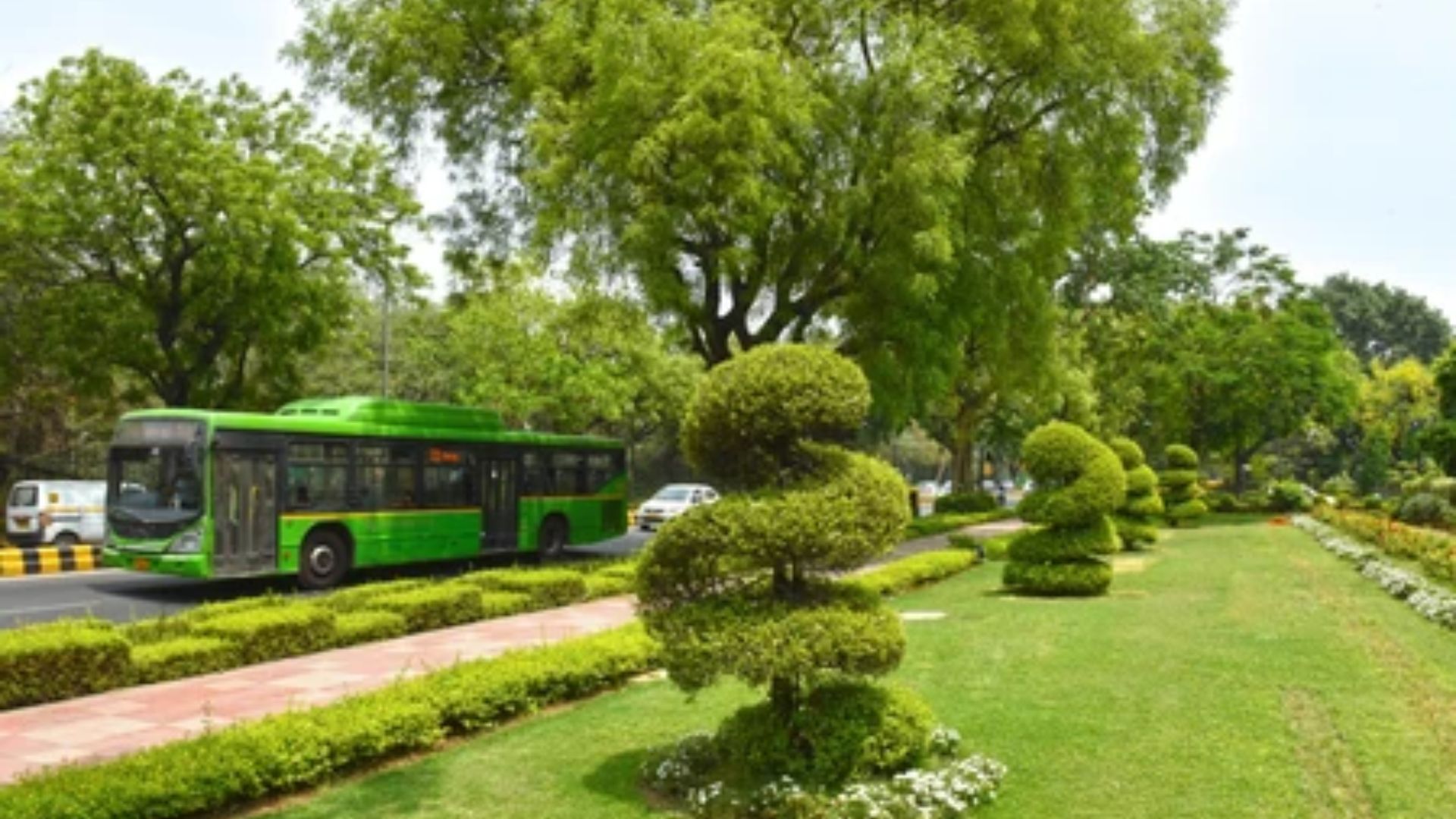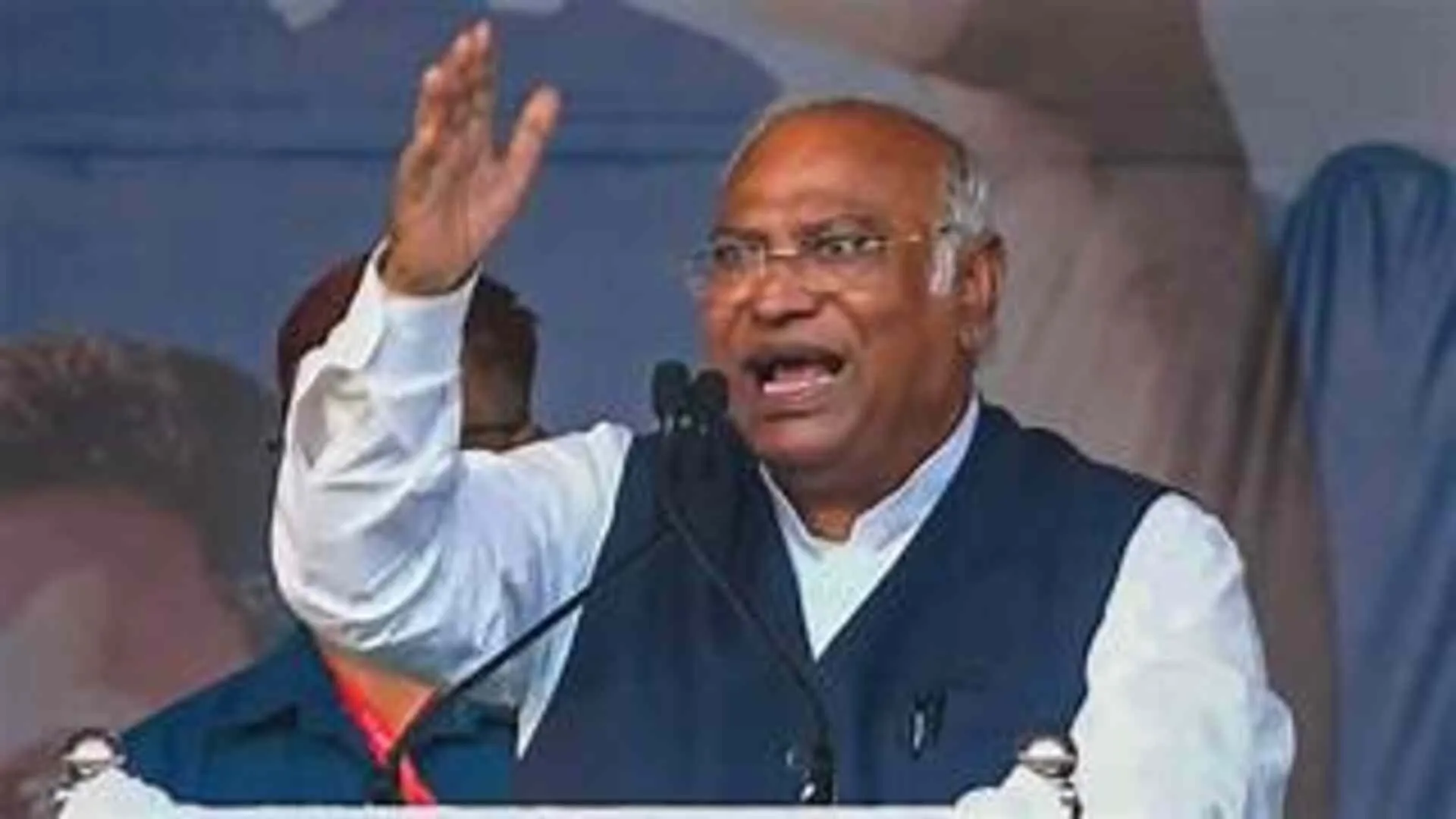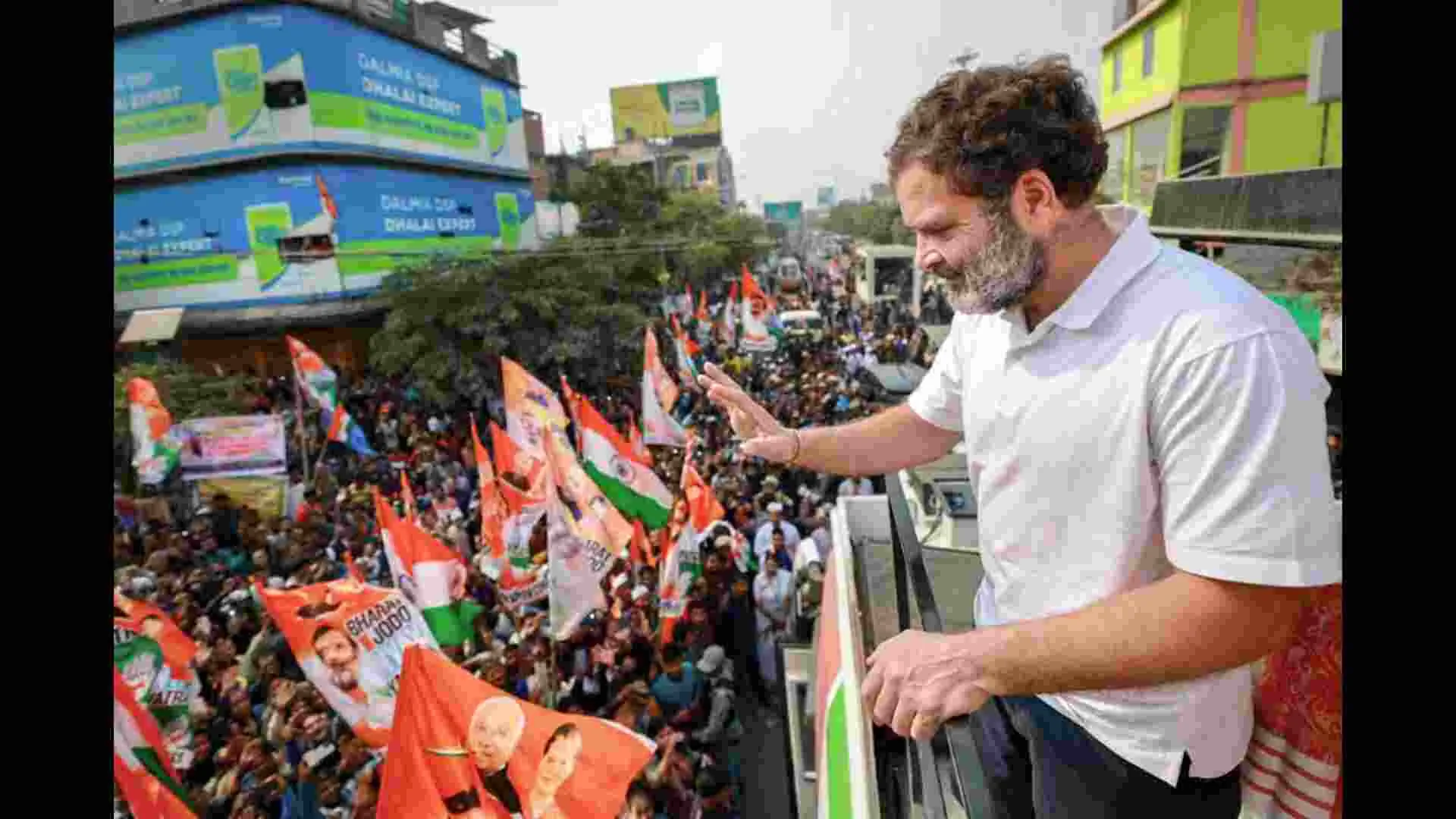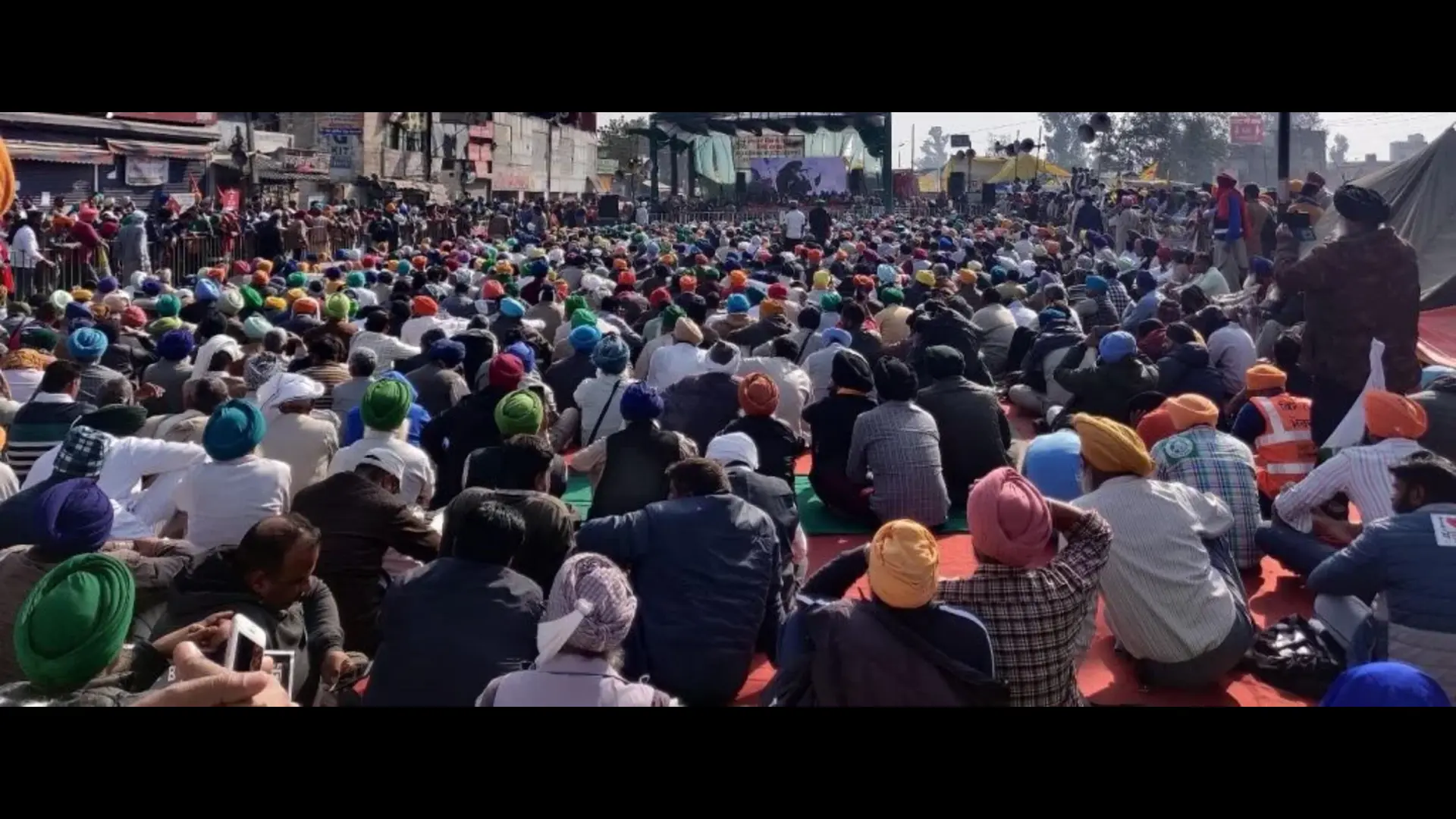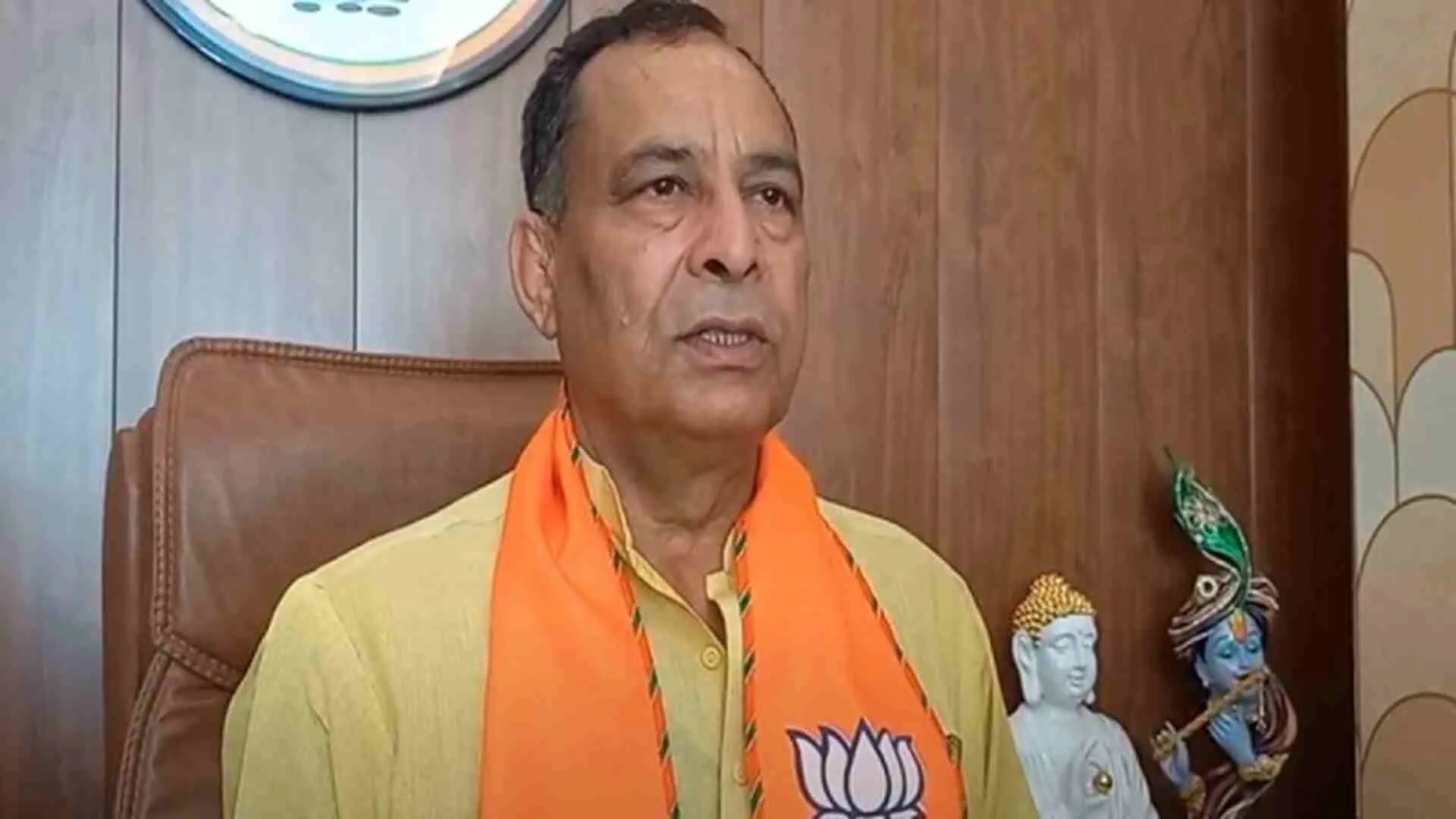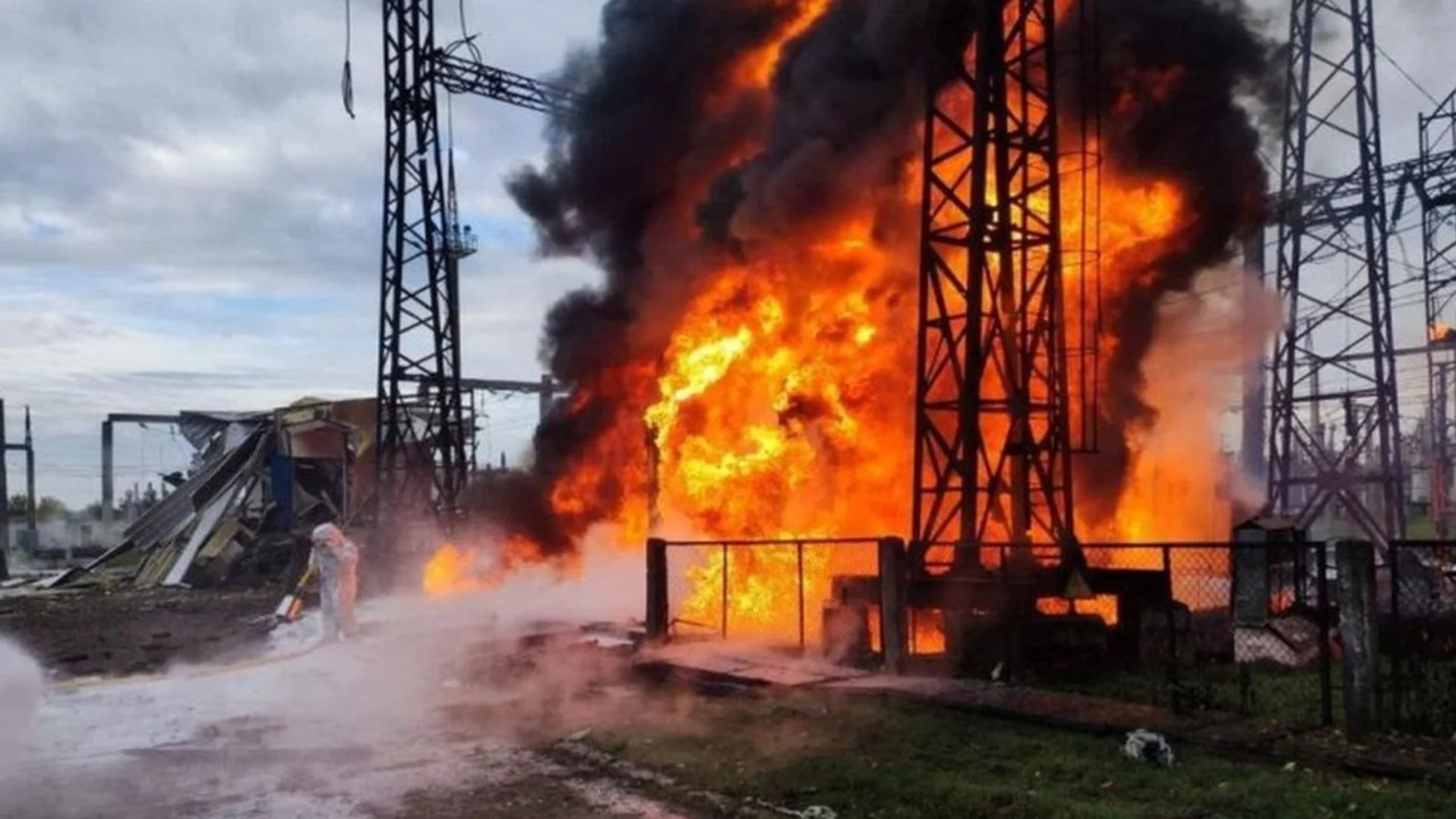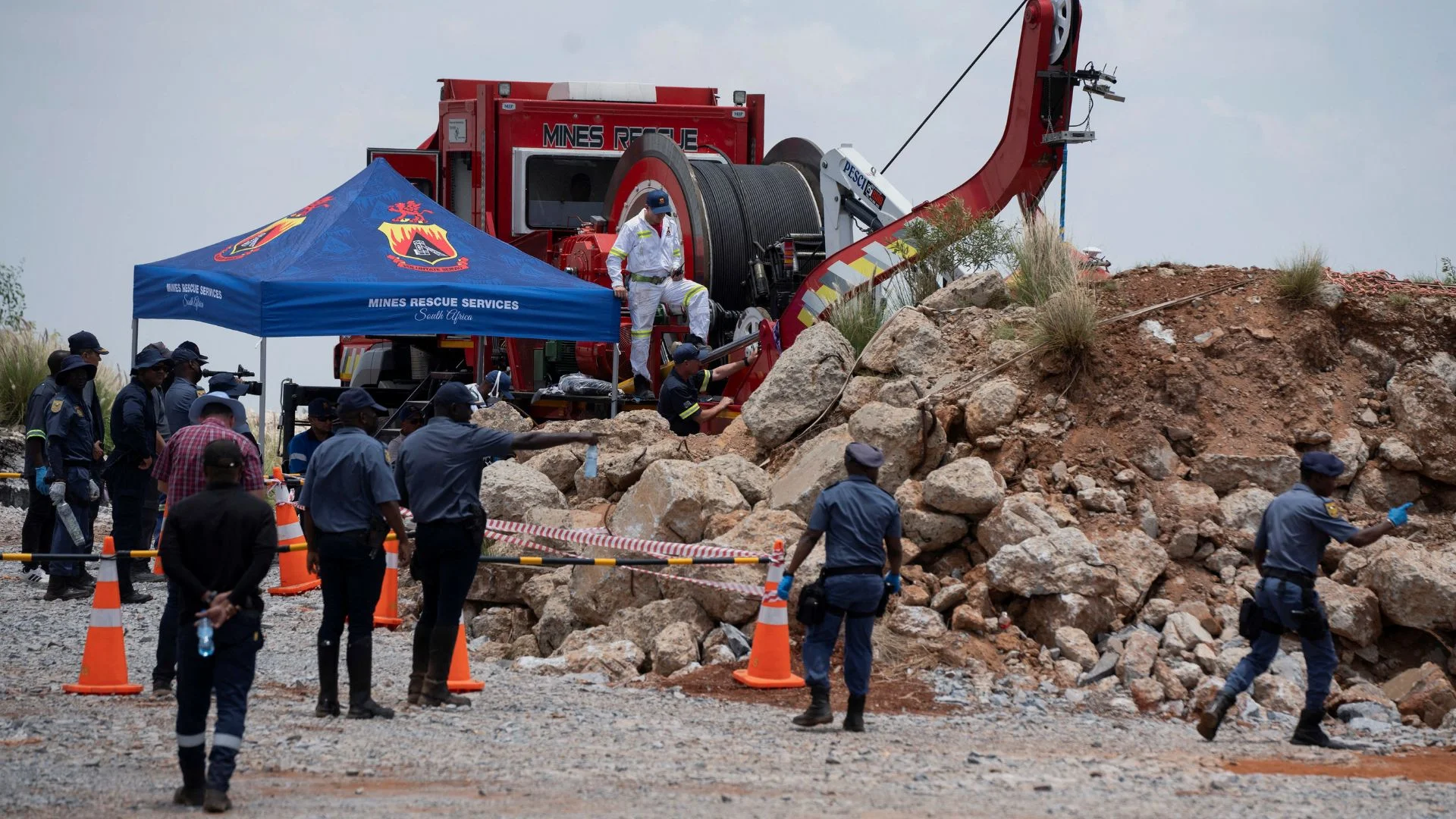According to a latest report of World Health Organisation (WHO) cleaner air that meets it’s guidelines of 5 micrograms per cubic meter (µg/m³) could increase the life expectancy of New Delhi’s 18.7 million residents by 7.8 years. If the air quality met India’s national standards of 40 µg/m³, life expectancy could rise by 4.3 years, using the year 2022 as a baseline.
The Air Quality Life Index (AQLI) by the Energy Policy Institute at the University of Chicago (EPIC) WHO report states that if all of India reduced particulate pollution to meet guidelines, Delhi residents would see the greatest benefits. In North 24 Parganas, India’s second most populous district, residents would gain an additional 3.6 years of life expectancy. The report also identified Delhi as the most polluted city/state in India, with an average PM2.5 level of 84.3 µg/m³ in 2022, followed by Uttar Pradesh, which had a PM2.5 level of 65.5 µg/m³.
Despite this, Delhi’s average annual PM2.5 concentration of 84.3 µg/m³ in 2022 shows significant improvement compared to previous years. According to an earlier EPIC report, Delhi’s PM2.5 levels were 126.5 µg/m³ in 2021, 111.6 µg/m³ in 2020, and 124.4 µg/m³ in 2019. The 2021 report predicted that if pollution levels persisted, Delhi residents would lose an average of 11.9 years of life expectancy compared to WHO guidelines, and 8.5 years relative to national standards.
However, the latest report highlights a positive trend, showing that after a decade of average particulate pollution levels around 49 µg/m³—more than nine times the WHO limit—India’s particulate concentrations dropped to 41.4 µg/m³ in 2022. If this reduction continues, the average Indian could live nine months longer than if exposed to pollution levels from the past decade. Furthermore, if pollution met WHO standards, Indian citizens could gain 3.6 years of life expectancy.
The report also mentions that particulate pollution shortens the life of an average Indian by 3.6 years, whereas malnutrition reduces life expectancy by 1.6 years, tobacco by 1.5 years, and unsafe water and sanitation by 8.4 months.
Delhi’s PM2.5 levels in 2022 were 17% lower than in 2021. Although this single-year decline might be due to temporary factors such as weather or more permanent factors like policy changes, if Delhi can maintain this reduction, the average resident could live 1.6 years longer. Tanushree Ganguly, director of AQLI, emphasized that continuous improvement could be achieved through stringent policies and deliberate enforcement, similar to the successes seen in the United States, China, and Japan.

